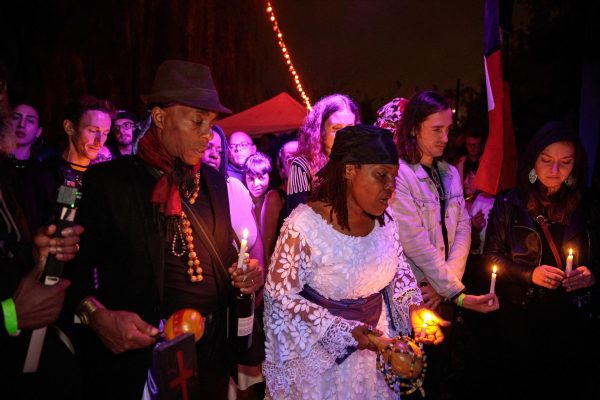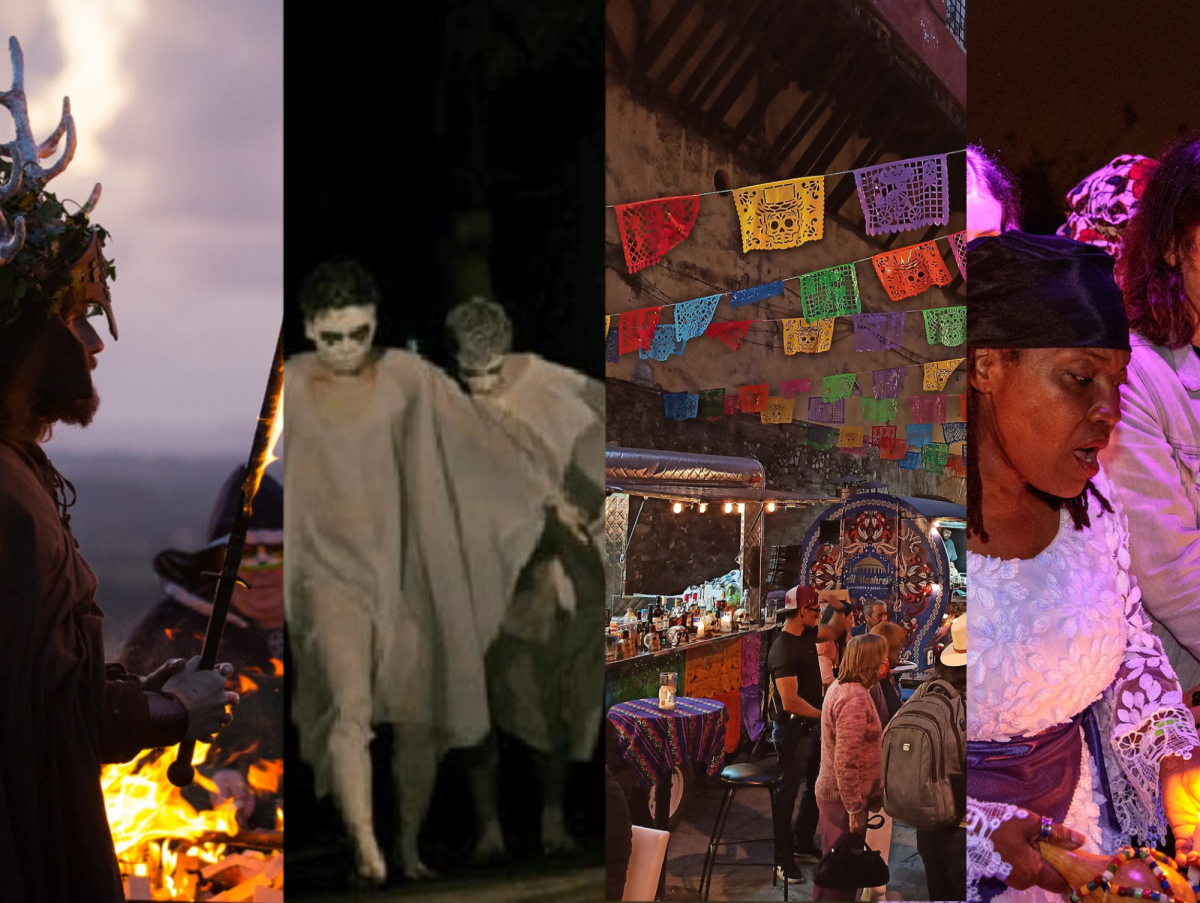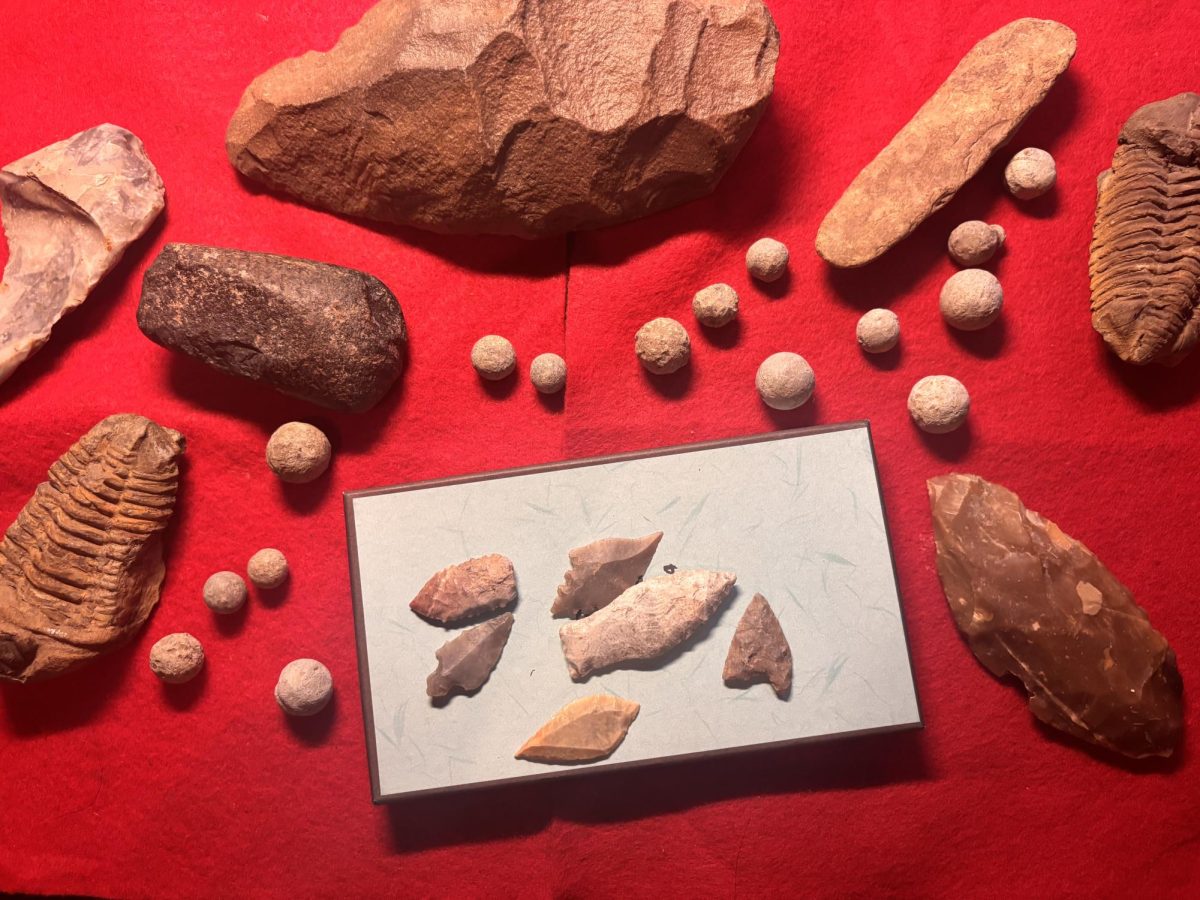Halloween is a holiday that’s widely known and loved. It involves everything spooky and horrific, and people celebrate it by dressing up as different scary and silly things. However, why exactly do we do this?
These traditions didn’t come from just anywhere. Some of them spanning from the dark medieval period to modern times. Halloween and the “spooky season” is celebrated across various cultures. The Halloween we know and love originates from Europe about 2,000 years ago.
Ireland
The Halloween we celebrate in America originally started in Ireland. It was celebrated by Celtic Pagans, and was originally named Samhain.
During the Samhain season, Celtic folk believed that the barrier between the living world and the spirit world was broken. Therefore, it was thought that spirits and monsters would roam around town.
This is the reason why we dress up as so many spooky things today. Since monsters roamed the villages at night, people would dress up in scary costumes and masks in order to blend in with them all.
It’s also believed that some people would dress up as various animals so the fairies that would roam at night would not be tempted to kidnap them.
Instead of candy, the Celtics would throw elaborate feasts, most prominently referred to as the “Dumb Supper.” People would also carve vegetables with scary faces, specifically turnips. This is where our modern day Jack-O-Lantern’s come from.
The holiday of Samhain soon transformed into Halloween, but many modern Pagans still keep the tradition alive today.
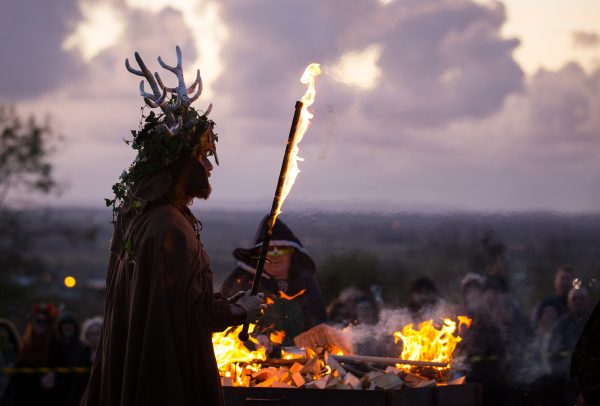
Philippines
This Tagalog holiday has to be the closest to Halloween as it can get. Pangangaluluwa is a very unknown holiday, since it is not so popular anymore in favor of the western version of the spooky season. It’s also unsure when Pangangaluluwa was originally created, but we do know that it was popular in the early 1900s in the Philippines.
It’s often celebrated by young children and teenagers in more rural parts of the Philippines. Kids would go from door to door dressed up as wandering spirits. Children will wear white sheets with white face paint and sing songs about being a lost soul.
Once they’re finished singing, homeowners will hand out money or treats. A common treat that’s handed out are kakanin or a sort of sweet rice cake.
While small and simple, it encapsulates the Halloween spirit with both trick or treating and handing out sweets.
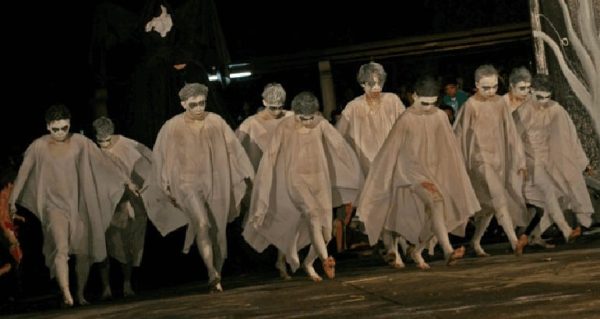
Mexico
One of the second most popular Halloween themed holidays from around the world is Día de los Muertos, or Day of the Dead.
It’s a tradition celebrated by those with Mexican heritage around the time Halloween is celebrated, on November 1 and 2. While it is similar to Halloween and only a couple of days away from it, they are not the same. In fact, Day of the Dead is even older than Samhain at nearly 3,000 years old.
Similarly to Samhain, it is believed that the living world becomes open to the spirit world during these times. Instead of the spooky aspect of hiding from monsters, people celebrate the dead coming back to Earth on these days.
Many gifts such as food, drinks, and other meaningful items to the deceased are placed on an ofrenda, a decorative display with pictures of loved ones who have passed. These items are laid out so when their spirit visits Earth, they can enjoy their favorite meal.
Overall, Day of the Dead is not meant to be a scary or spooky holiday like Samhain or our modern Halloween. It’s a holiday that embraces the afterlife and allows people to reminisce with the spirits of loved ones and ancestors.
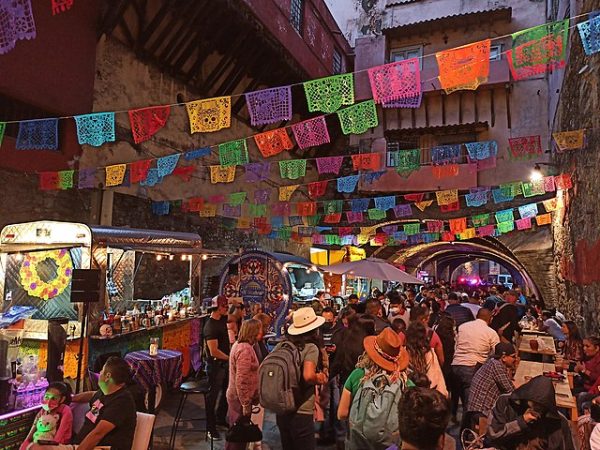
Haiti
The holiday of Fèt Gede is similar to Day of the Dead. It spans across multiple days with the basic premise of bringing back loved ones’ spirits to roam Earth.
Like many of these spooky holidays, Fèt Gede takes place on November 1 and 2. The tradition brings back deceased loved ones, but it’s also larger worship as a whole. “Lwa” are special spirits associated with “Gede” deities. The Gede are not one being, but a group of spirits representing a concept, like ancestors, fertility, and death. There’s a holiday dedicated to each one of these groups in Haitian culture. Lwa are similar to Gede, but rather than depicting a general topic, they are more specific in their purpose and act as a barrier between the living and spiritual realm. Lwa’s might represent more detailed and individual things like love, luck, money, etc.
Fèt Gede is represented by the color purple because it shows off the mystical nature of the holiday, acknowledging both the sadness of death and the celebration of life. That’s also because this holiday is influenced by many Vodou aspects and practices.
While it has its own cultural practices with African and Vodou roots, it’s very similar to Mexico’s Day of the Dead. People will visit gravesites and give offerings directly while calling upon the Lwa to pray. It’s a very meaningful way to celebrate your deceased loved ones and show them they’re still cared for, even in death.
